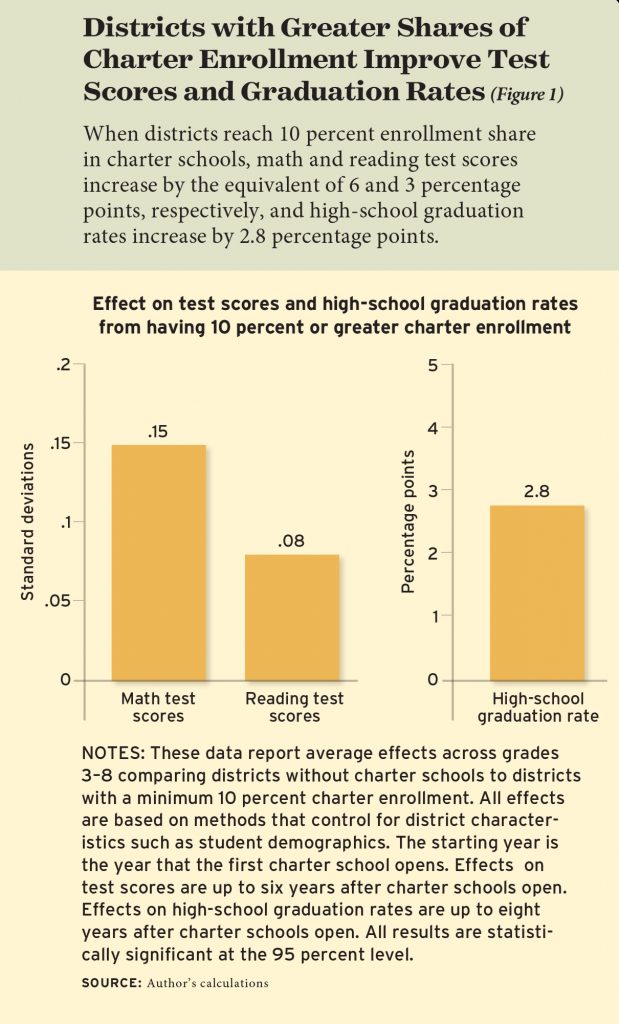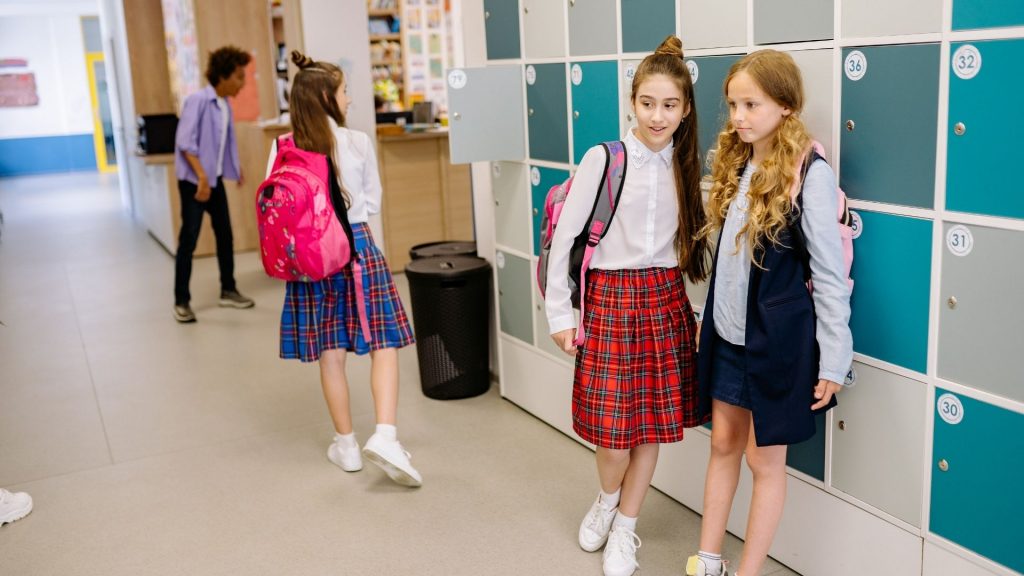Are Charter Schools Better? This Study Answers
Charter schools are popping up everywhere and rising in enrollments, but are they better than their public counterpart?

In what represents one of the most dramatic shifts in U.S. schooling structure over the past half-century, Charter schools now count as 7 percent of school enrollment across the nation. In more and more cities, these numbers are reaching as high as 40 percent. This shift has not only put public schools on notice, but it also has private schools looking over their shoulder as well. So are charter schools better than public ones? According to one study, yes they are.
Most of the prior research or studies pertaining to charter schools and their effects on public education and student benefit only have allowed for a partial picture. But a larger picture is finally emerging based on a study completed by Education Next. Their goal was to take a look at the big picture, the national picture, instead of channeling their focus on individual cities or states. Another thing they wanted to accomplish was to bring into play both test scores and high-school graduation rates, instead of keeping their focus on just one.
Before getting into the specific numbers surrounding the effect of charter schools, it should be noted that the Education Next study included virtually every single school district in the country during the timeframe of 1995 to 2016. In that time period, they found that from the nearly 12,000 school districts, 608 had at least one charter school. Of these school districts, 61 percent have a charter school enrollment of 10 percent or higher. 39 percent of them have a 20 percent or higher enrollment number.
The study found a few challenges while compiling their numbers. One was trying to understand a specific charter school’s impact on students from other policy impacts with public school improvement taking place during that same time. They found that non-policy factors could also play a big part. For instance, a school district’s demographics could have changed. As demographics play a huge role in school outcomes, the ending results could change for reasons not having to do with a charter school being built. One more potential issue discovered is that when a charter school was planned, it could have been an intentional build in an area where public schools were expected to fail. In this instance, it may give the appearance that charter schools are having more of a negative impact on public schools than they actually are.
The results of the study show that charter schools, based on enrollment, favor students over time. These numbers include math scores, reading scores, as well as graduation rates. Math scores jump by a factor of 6 percent when district charter school enrollments reach 10 percent or better. Reading scores see a 3 percent jump. As far as high-school graduation rates, students see an almost 3 percent increase as well.

In order to verify their conclusion, Education Next further tweaked its input numbers. They altered their matching method; they also varied the control variables. They fixed the numbers of charter schools’ years in existence and also looked at how charter schools opened. Although some of their results varied, the general consensus regarding charter schools was the same. They did find, in fact, that graduation rates may even increase and that their estimations in the above figure might even be conservative.
As they moved on with their study, Education Next homed in on the 10 percent enrollment figure. They took a closer look at charter school math scores and how much of a positive jump they took once enrollment hit that number. As they increased enrollment (the next being 15 percent), the test scores remained the same. When they moved enrollment to 20 percent, the test scores dropped slightly, but still remained very positive.

Charter schools are gaining notice, as the enrollment numbers show. But it isn’t only the enrollment numbers that are seeing positive results. Recent research has also shown that students attending them are served well. They have shown improvement in test scores and have given even more positive test results in urban areas. They are showing they are not only a “quick fix”, but one attained over time as well. The feeling here is that charter schools, along with their partners, learn over time how to better serve students.
School systems may even feel the effects of charter schools. Some studies have directed their efforts toward the effect charter schools have on public schools. The competition between both charter and public schools can end up being a good thing by forcing public schools to “up their game,” so to speak.
Competition between the two, though, may not only take place in the classroom and school curriculum. It can also have a huge effect on public schools moving forward, or if they even do move forward. There have been a number of instances where public schools have been forced to close because charter schools are taking enrollment away from them. This loss puts a financial strain on public schools. The one benefit of this is that students routinely end up in better schools.

Looking at test scores, overall, they appear to make a very positive impact on students. There are other factors that may come into play, such as the creation of a charter school that could attract higher-performing teachers than a traditional public school would. Another issue that could come into play is school choice, parents may find that a certain charter school is much further away than their child’s public school. This could make a parent’s ability to stay involved with their child and school events such as sports, parent-teacher conferences, or even if their child needs to be picked up from school because they are sick much more difficult.
Charter schools, though, have their benefits. They breed competition between themselves and public schools. They also bring out better results with students and there is nothing wrong with that.



